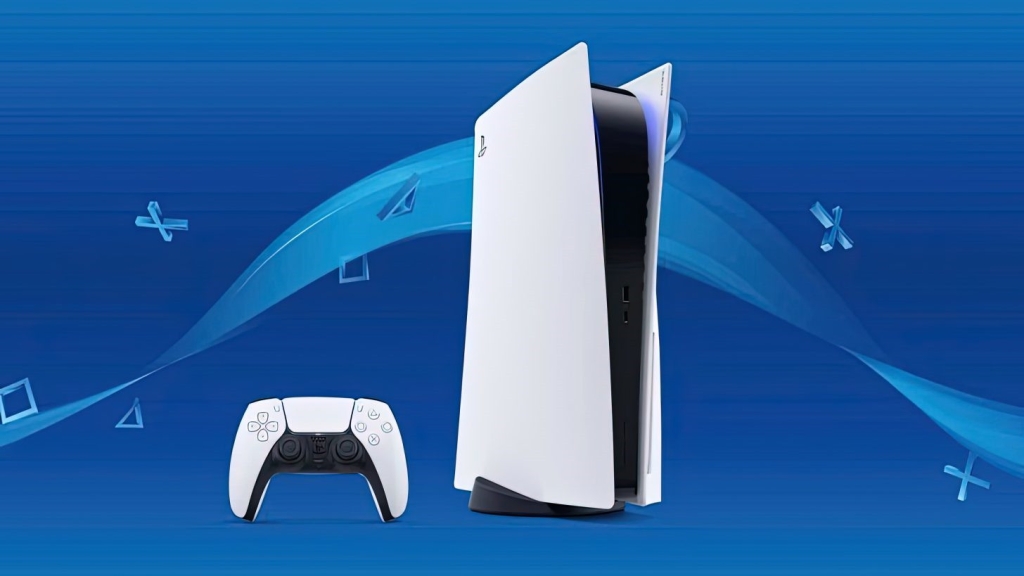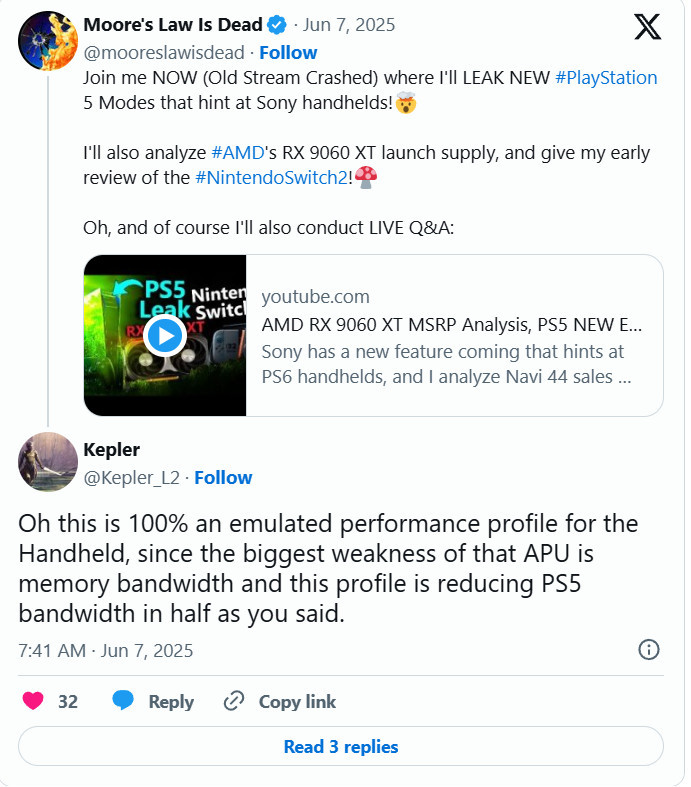The secret of the PS5 SDK update: low-energy mode may pave the way for Sony handheld consoles
According to the well-known hardware whistleblower Moore's Law is Dead, Sony is testing a new performance configuration called "Low Energy Consumption Mode" through the latest version of the PS5 Development Toolkit (SDK), which may be used to layout the future handheld device. As the third-level performance mark outside the PS5 basic mode and the exclusive "Trinity mode" of PS5 Pro, this mode has caused heated discussions in the industry.

According to the leaked development document, this mode achieves power consumption optimization through multi-dimensional hardware limitations:
Computing resource reduction: The number of threads in the system is forced to be 8 cores, the GPU core frequency is reduced by 10%-20% to the minimum operating threshold, and the number of computing units is locked to 36 groups (28% less than the standard mode);
Bandwidth and functional limitations: GDDR6 video memory bandwidth is directly cut in half, and PSSR super resolution technology and VR mode support are disabled, and 3D audio processing capacity is attenuated to 75%;
Energy consumption and performance balance: Through the above adjustments, the power consumption of the entire machine is expected to decrease by 20%-30%, but thanks to architectural optimization, about 90% of the original performance output can still be retained and complete backward compatibility can be maintained.

It is worth noting that Sony specifically requires developers to strengthen VRR (variable refresh rate) adaptation for this mode. This detail is interpreted as a pre-adaptation to dynamic resolution and frame rate fluctuations - it is a common display optimization strategy for handheld device equipment.
Wrestler Moore's Law is Dead bluntly stated that this mode is by no means simply energy-saving optimization, and its core purpose is to simulate the performance environment for mobile platforms. Kepler L2, a related whistleblower of AMD, further proves that the most critical adjustment of the APU (accelerated processor) configuration is memory bandwidth optimization, which is the core hardware bottleneck of handheld device equipment.
If the speculation comes true, it may mark Sony's return to the handheld battlefield after many years. The current model sacrifices some secondary functions for energy efficiency ratio, which not only retains the operating potential of 3A games, but also adapts to the battery life requirements of mobile scenarios. Its technical path forms a differentiated competition with competitors such as Steam Deck and ROG Ally. Although the official has not responded yet, the early layout of SDK has reserved sufficient adaptation cycles for developers, implying Sony's strategic investment in the handheld game ecosystem.








